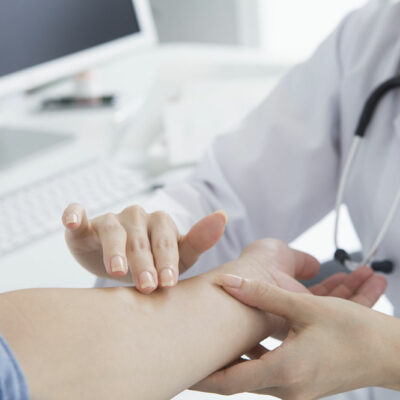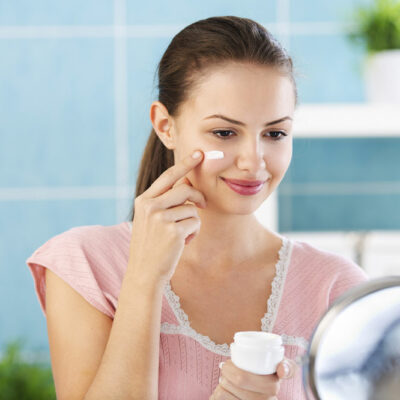
health
5 early similar signs of Parkinson’s and TD that one may overlook
Parkinson’s disease and Tardive Dyskinesia (TD) are neurological conditions that affect one’s movements and can significantly impact one’s quality of life. Parkinson’s typically has a gradual onset and progresses slowly, while TD results from prolonged exposure to specific treatments. So, while doctors suggest new treatments to manage Parkinson’s, TD management often involves discontinuing the current ones and considering alternative treatments. While these conditions are distinct, they share some symptoms that are easy to miss. Reduced facial expressions Both TD and Parkinson’s disease affect facial expressions, like blinking issues or the inability to smile. TD may cause rapid, uncontrollable blinking, while Parkinson’s often leads to a decreased ability to blink as an unconscious, reflexive movement. This can potentially lead to eye dryness and discomfort. The lack of expressiveness on one’s part can be misunderstood as moodiness or disinterest, making it crucial to consider the possibility of an underlying neurological condition. Involuntary movements One of the earliest and most subtle symptoms of both Parkinson’s and TD is difficulty with fine motor skills. TD often presents as repetitive, purposeless movements, such as finger tapping or writhing motions, resembling playing the piano. In Parkinson’s, involuntary movements are characterized by tremors in the fingers or hands or rhythmic shaking in various body parts.



















